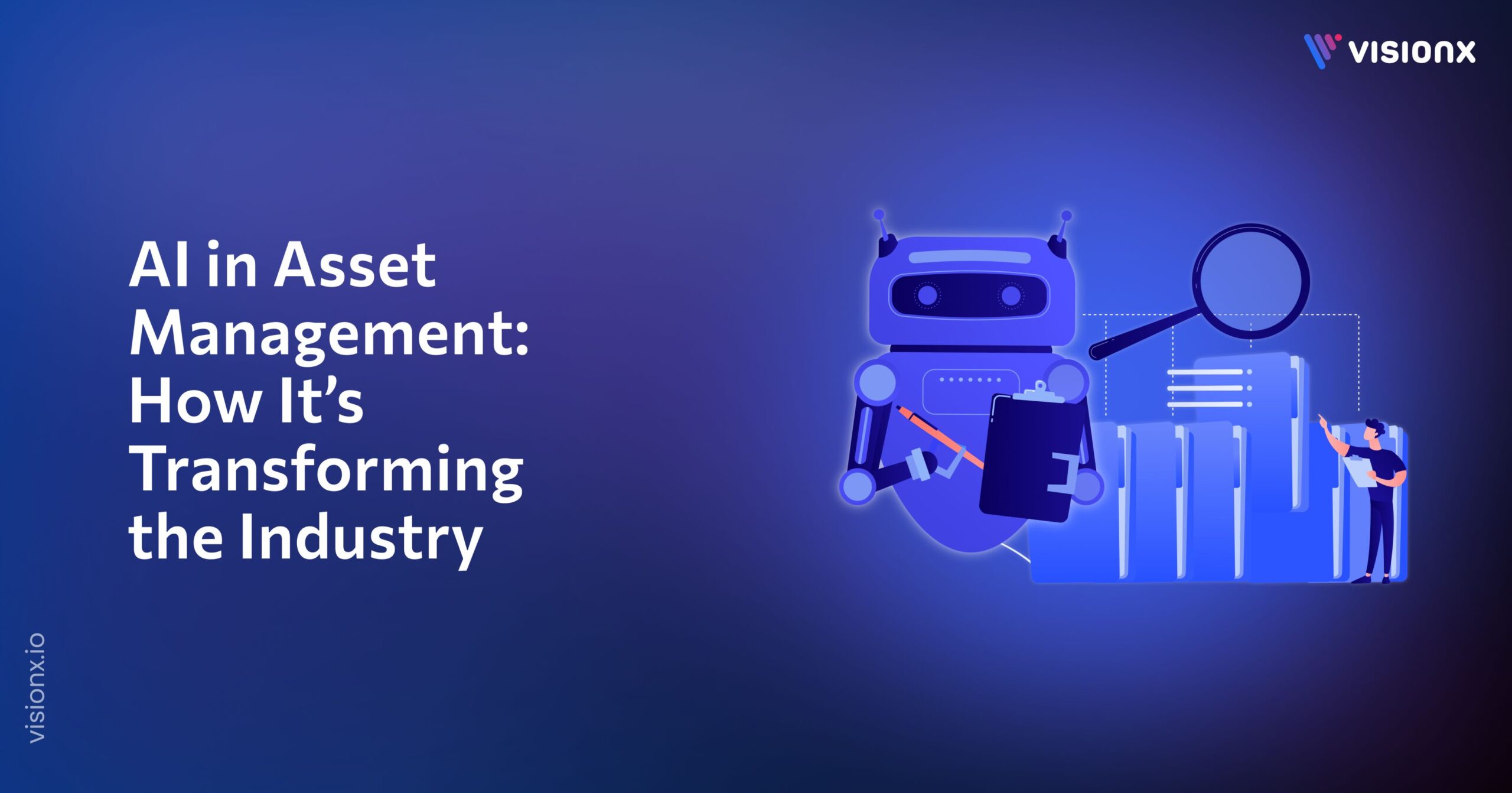The goal of the theoretical discipline of computer science, known as artificial general intelligence, is to build a machine that is as intelligent as a human being in terms of complicated reasoning and problem-solving. In recent years, generative AI tools, such as ChatGPT, have sparked much debate over how close humanity is to developing accurate artificial general intelligence.
Nowadays, businesses across nearly all industries use weak or narrow artificial intelligence. Though this technology can do far more, its sights are set on a predetermined objective. In contrast, a strong AI would be self-aware. It would have the ability to make plans and establish goals for itself.
Currently limited to science fiction, strong AI, often known as artificial superintelligence, is a pure version of artificial general intelligence. According to Statista, the market for AI technology is enormous; it will likely reach a value of over 1.8 trillion dollars by 2030, up from a projected 200 billion dollars in 2023.
In this blog, we will evaluate how the two approaches are transforming the tech industry.
What is AGI Technology?
Artificial general intelligence (AGI) aims to develop software that can learn independently and possess intelligence similar to a human’s. This technology should be capable of things for which it was not explicitly designed or taught.
All the artificial intelligence (AI) technologies available today operate within predefined boundaries. For instance, AI models trained in image production and recognition cannot create web pages. Artificial general intelligence (AGI) aims to develop AI systems with autonomous self-control, a respectable level of self-understanding, and the capacity to pick up new abilities. AGI is a hypothetical form of AI that possesses the ability to understand, learn, and apply knowledge across a wide range of tasks, following human cognitive skills.
Machine learning plays a crucial role in Artificial General Intelligence (AGI) by offering the fundamental algorithms and methods required to achieve cognitive capacities similar to those of humans. AGI systems provide adaptability and generalization over various tasks and contexts by utilizing cutting-edge machine-learning techniques, including transfer, meta-learning, and reinforcement learning.
While meta-learning enables quick adaptation by learning from prompts, reinforcement learning enables AGI to generate decision-making methods independently through repeated interaction with its environment. It can resolve complicated issues in situations and environments not intended for when it was developed. AGI with human capabilities is still only a theoretical idea and area of study.
Key characteristics of AGI:
- General intelligence: It is able to think and comprehend the world in a human manner.
- Self-learning: Self-learning allows for independent picking up of new duties and abilities.
- Adaptability: Able to adjust to novel surroundings and circumstances.
- Consciousness: A potential trait that suggests self-awareness.
Types of AGI:
1. Adaptive AGI:
An AGI system that continuously learns and adapts to new information and environments, similar to how humans learn from experience.
2. Creative AGI:
An AGI can generate innovative ideas, solutions, or artistic creations, demonstrating creativity beyond predefined algorithms.
3. Social AGI:
An AGI with social and emotional intelligence can understand and react to human intentions, feelings, and social cues.
4. Ethical AGI:
An AGI designed with ethical principles and decision-making abilities can prioritize ethical considerations in its actions and interactions.
5. Self-Improving AGI:
An AGI can autonomously enhance its capabilities over time, accelerating its learning and problem-solving abilities without external intervention.
Use Cases of AGI:
Here are some hypothetical examples of AGI:
-
Medical Evaluation and Management:
An AGI system would, for example, analyze extensive medical data, research literature, and patient histories and provide an accurate diagnosis with a proper treatment plan. Learning from new medical insights and patient outcomes would help adjust recommendations accordingly.
-
Scientific Research:
AGI could expedite scientific breakthroughs by autonomously designing experiments, analyzing results, and formulating hypotheses. It could synthesize knowledge across diverse fields, potentially revolutionizing disciplines like medicine, materials science, and environmental studies.
-
Education and Learning:
AGI could ensure that teaching is attuned to students’ styles, strengths, and weaknesses. In other words, AGI could present individually tailored learning experiences and real-time tutoring, altering the curriculum based on student progress and feedback.
-
Creative Arts:
An AGI artist could generate original music compositions, write literature, or produce visual art that resonates emotionally with audiences. Innovating within creative domains, it could blend artistic styles, explore new genres, and expand the boundaries of artistic expression.
-
Autonomous Robotics:
AGI-powered robots could function in dynamic and unstructured environments, executing tasks that demand complex decision-making and adaptability. They could contribute to disaster response efforts, space exploration missions, or manufacturing processes requiring flexibility and problem-solving capabilities.
Significant Approaches in AGI Development:
The most essential feature of the methodology in developing AGI is that it has profound consequences on flexibility, adaptability, and generality in the system. Artificial General Intelligence seeks to replicate the full extent of the cognitive abilities within human intelligence, unlike traditional AI, which is about maximizing performance on particular tasks. This calls for an all-encompassing strategy incorporating various learning techniques and cognitive architectures.
AGI development requires a unified cognitive framework that incorporates adaptive learning mechanisms, such as transfer learning, meta-learning, and reinforcement learning. This approach is essential for achieving generalization because it allows AGI to apply knowledge and reasoning across multiple domains without requiring task-specific retraining.
Cognitive networks and uncertain models are examples of sophisticated knowledge representation approaches essential to AGI’s ability to integrate and analyze information like a human brain. Moreover, the method affects how well the AGI system can handle intricate decision-making and problem-solving procedures.
Technical challenges facing AGI:
1. Replicating Human-Like Cognition:
Mimicking the precise nature of human intelligence is a challenging task in itself. Developing a system that corresponds with it without a clear definition is challenging.
Humans possess vast amounts of common sense knowledge, which is often implicit and difficult to codify. AGI would need a similar ability.
2. Data and Computation:
In order for AGI to learn and understand the world, vast amounts of data would need to be accessed and processed. The amount of computing power required to train and operate such complex models is staggering and currently impossible to achieve.
3. Embodiment and Interaction:
Actuators, sensors, and the capacity to organize and carry out actions are necessary for understanding and interacting with the physical environment. Recognizing social cues, emotions, and complex human behaviors is essential for effective human interaction.
4. Safety and Control:
It is imperative that the objectives of AGI are in line with human values in order to avoid unexpected outcomes. One major challenge in managing an increasingly intelligent AGI is keeping it under control.
AGI Vs. AI: How two of them Approach Challenges?
1. AI: Algorithmic Precision:
AI tackles challenges through algorithmic precision. It breaks down tasks into manageable steps, processes enormous volumes of data to find trends, and refines its algorithms through repetitive learning. AI’s data-driven approach relies on training datasets tailored to specific applications.
2. AGI: Cognitive Modeling and Adaptability:
AGI approaches challenges by modeling human-like cognitive functions. It accomplishes this by understanding complicated relationships, making inferences from vast data, and generalizing knowledge to different contexts. An AGI system is aimed at adaptability and autonomy, meaning it can learn independently and improve its abilities over time.
Implications for the Future
AGI promises a new technological revolution but raises deeply ethical questions. Robust ethical frameworks and responsible development practices will ensure that AGI systems are aligned with human values, have priors for safety, and control risks from unintended consequences.
Closing Remarks
AGI seeks to provide machines with the capacity to perform any kind of intellectual task that a human can do by replicating the versatility of human intelligence across very large areas.
However, AGI must constantly adapt and learn to handle the complexity and diversity of tasks unique to humans. AGI development also raises essential safety and ethical concerns about how AI judgments align with human values.
As more advanced AI capabilities are developed, moral standards should be established, education should be promoted, and caution should be exercised to maximize the advantages of AGI while reducing the risks associated with it. The future of smart coexistence between artificial and human intelligence requires an active yet careful attitude.
AGI aims to reproduce similar human-like cognitive capabilities along a broad range of tasks, while AI traditionally does the same for specific, distinctly predefined tasks. VisionX offers machine learning and AI consulting services to help businesses navigate these issues while continuing to optimize their AI systems.


